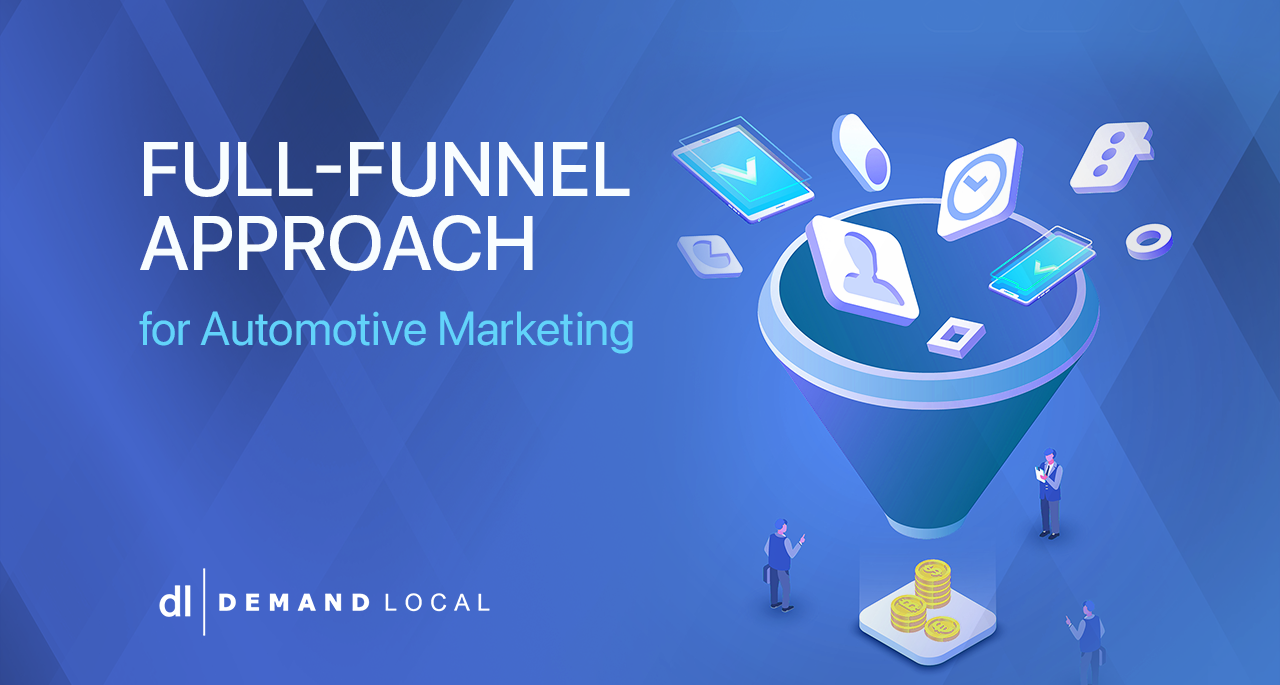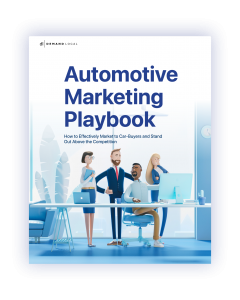Before a buyer enters a dealership, they have already invested a lot of time and energy in the research process, most of which is digital. The car buyer’s journey is sprawled across the entire digital ecosystem from search engines, third-party websites, VDPs, social and more. Exploring a full-funnel strategy across different channels allows you to reach your customers using multiple touchpoints.
It’s essential to understand your customer’s journey and the differences between each phase. To take a meaningful approach, having a clear distinction between each stage and each channel is important. Some channels are more suitable for one stage of the funnel than others. To devise an effective strategy and follow the car buyer throughout their process, it is important to prioritize marketing throughout the funnel.
When you understand the buyer’s intentions at each phase, you can tailor your messaging and streamline A/B testing. When you compare the returns of each approach, your numbers will be that much more revealing.
Many agencies and dealerships that focus on direct response might unintentionally stick to only one, or a few channels, thinking this will allow for better measurement of their KPIs. This makes sense at the beginning when owners want to see a return on ad spend, but it’s not a long-term solution. You can only gauge so much interest from this more limited approach.
It’s why attribution models may come in handy to see how your website audiences are actually converting. Moving away from last- or first-click to a linear or time decay strategy will give you a comprehensive perspective of your customer’s journey in the digital ecosystem. You’re no longer viewing a single action and trying to decide what it means, but rather seeing a more holistic view of the customer’s behavior.
For example, let’s say that a customer finds your website from a Google search and browses for a minute or two. If you run a banner ad to that same customer as part of a retargeting campaign, they might idly visit your site again next week. The week after that, they might get a marketing email from your website and return again. Maybe this time, they actually click on a VDP of a car they wanted. This prompts them to interact with a dynamic ad on Facebook and ends in a submitted lead form.
By the time your sales team reaches out to the customer, that customer has already invested a lot of time and energy to reach you across multiple touchpoints. It only makes sense to spread your budget across different channels to reach the customer throughout their research journey.
This way, even if one channel is removed, you can make up the difference on other active channels. So if you can’t run commercials during primetime because it’s too expensive, or your social media account is accidentally disabled, you won’t suffer the consequences the same way you would if you were relying on this channel as your sole source of marketing.
Like what you’re reading? Get the full eBook here.
(This blog post is an excerpt from the eBook ‘Automotive Marketing Playbook’)





